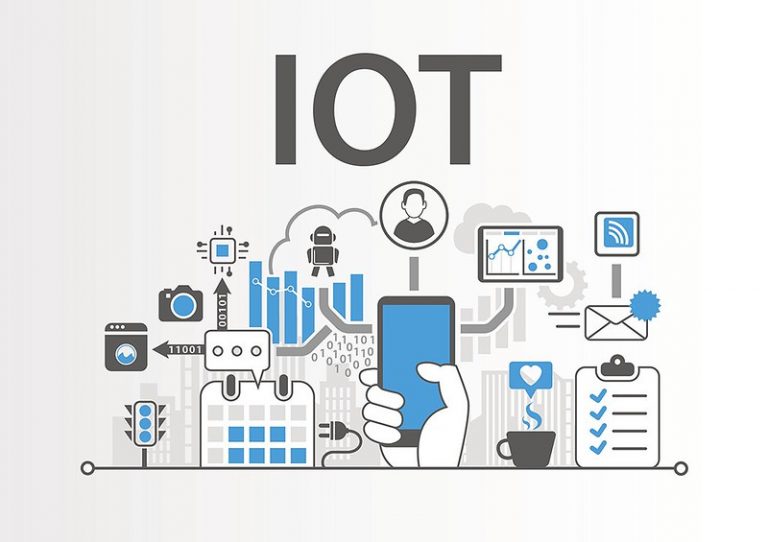After Sutton and Richmond Councils begin the pilot of using Internet of Things (IoT) to protect vulnerable people in sheltered housing, Quadrant Health sits down with David Grasty, Corporate Head of Service for Digital Transformation, to discuss what the pilot involves and how it will benefit vulnerable people.
The 12-month trial in March sets out plans to distribute sensors to 100 homes in the area. Participation in the pilot is voluntary and residents in Sutton Housing Partnership and Richmond Housing Partnership properties have consented to take part. This pilot is part of the IoT Innovate project, to promote IoT trial use in local authorities.
David Grasty told Quadrant Health that the single sensors are battery powered and are connected by a low-power wide-area network (LPWAN). The sensors will be placed in the kitchens of the 100 participants. They require no Wi-Fi or broadband connection.
New sensors provide enhanced benefits
Explaining the benefit of using the new sensors compared to ones in the past David told Quadrant Health: “One of the difficulties we have found with sensors that have previously been trialled has been connectivity and their dependency on Zigbee, Zwave, Wi-Fi, broadband and/or 4G. We have found these connectivity options to be prone to failure owing to the construction of many of the properties. Broadband connection and requires quite a big overhead of technical support.”
It is hoped that the use of LPWAN will overcome these challenges while enabling a reliable and affordable connection. In addition, the need to provide an installation service would not have been practicable at this time.
These new sensors do not require this level of technical support; they’re a post and place solution. There are no switches, the device does not have to be plugged in. It really is that simple, you place it in the kitchen, and it starts to provide actionable insight.
IoT offers multiple benefits for the user, but also for the independent living officers (ILO). David expressed: “It allows for the officers to be proactive and be alerted when residents may require assistance without the need to keep disturbing the residents or placing an extra task on the ILO’s.”
“So this technology is enabling us to intervene early and will hopefully enable us to assist residents to maintain their independence,” added David.
With the ability of these sensors to be distributed and set up in a short space of time, they are also helping us provide a fight against Coronavirus. Whether this is to aid people who are recovering from the virus or to help people shielding as the ILO can have a good insight into the resident’s well-being without any physical intervention.

